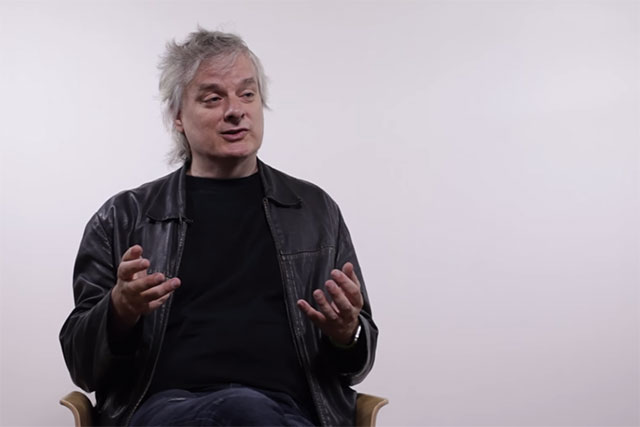Mitochondrial Genetics of Aging
Associate Prof. Konstantin Khrapko of Harvard University on mutations in non-nuclear DNA, substantia nigra, and aging of Drosophila’s intestine
videos | August 14, 2014
What are the problems of studying mitochondrial DNA mutations? What is the link between mitochondrial dysfunction and aging and Parkinson’s disease? Associate Professor at Harvard Medical School Konstantin Khrapko explains how different cells in human colon can obtain the same mutation.
Interestingly, mitochondria, unlike many other organelles in the cell, contain their own DNA. This is because mitochondria eventually evolved from ancestral symbiotic bacteria, which lived in the first eukaryotic cells, perhaps, two billion years ago. So an important thing about DNA is that the damage we should get from different toxic substances can be eventually converted into mutations.
We now know that somatic mitochondrial mutations can harm our cells. But does it really happen in reality, and are there enough cells to make us age? This question is not solved yet, and all we have is certain preliminary studies. The problem with mitochondrial mutations and mitochondria in general is that unlike with nuclear DNA, we have very few tools to work with mitochondrial mutations. There’s no genetic engineering in the mitochondria world, we cannot create a mutation or gene and insert it in mitochondria and test it in a cell line. All we have to do is to take mutations which are provided to us by nature.
What do we actually see in an aged human with respect to mitochondrial mutations? The way to study this is to take frozen pieces of tissue, slice them with a special knife and then stain those little sections with special dyes, which will show us which cells are active and which are not active with respect to mitochondrial metabolism. And if you do that with common human tissues, like brain or colon for that purpose, you will see that, indeed, there’s a mosaic of cells in the tissue. Some of them turn to be blue. The blue cells are the ones which are inactive with respect to mitochondrial metabolism and others are brown, which are healthy nice cells.





























